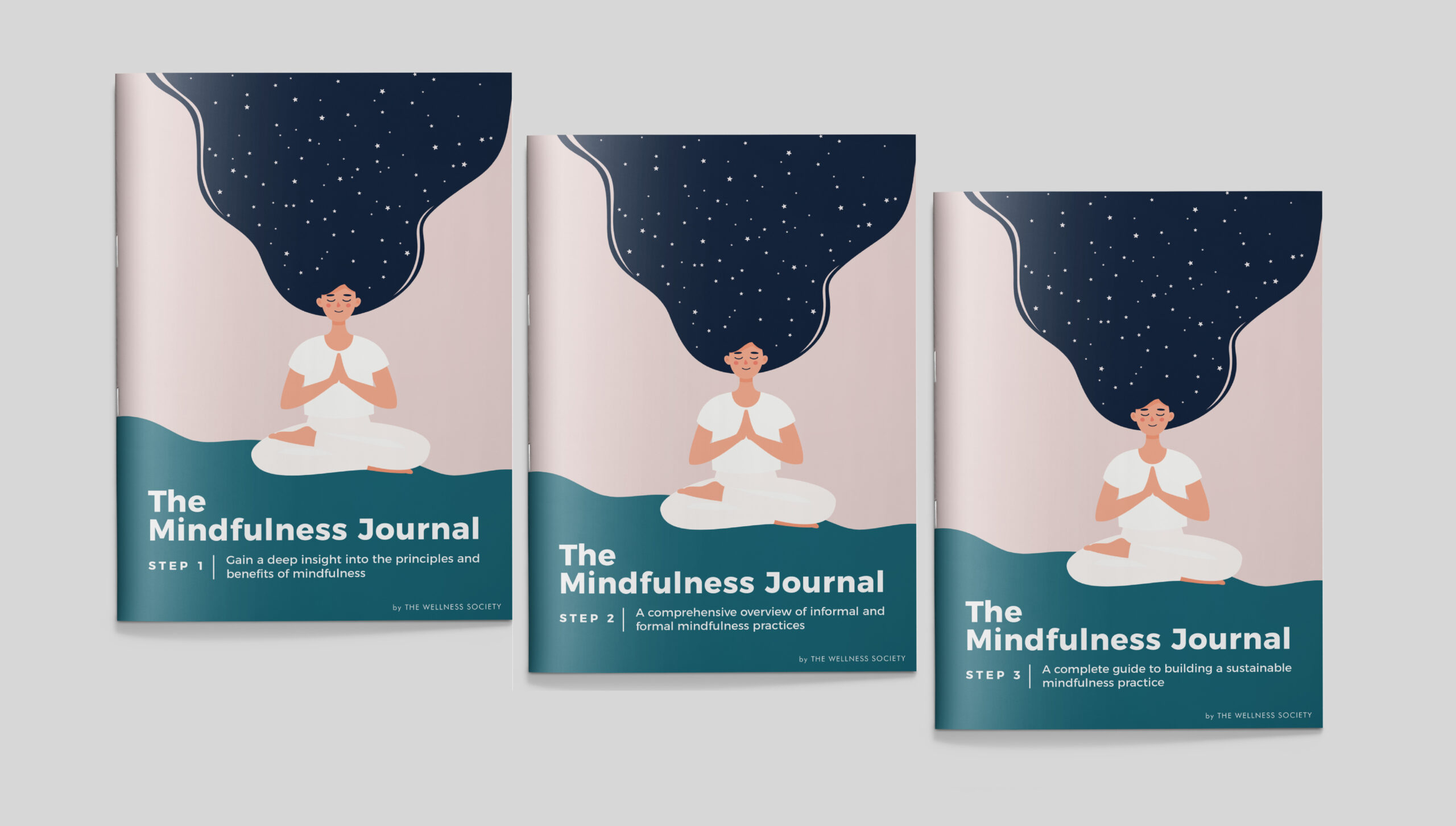Urge surfing is a specialized skill used in dialectical behavioral therapy (DBT) treatment. In this article, we’ll give a brief overview of DBT and the module of distress tolerance skills, as urge surfing is one of the skills within this module. We’ll then dive deeper into the nature of urge surfing, equipping you with the knowledge to try out this skill today.
What is DBT?
DBT was founded in the 1980s by an American psychologist, Dr. Marsha Linehan, and her colleagues. When viewing the problem behaviors by those who struggle with emotional dysregulation, DBT theorizes that these struggles are mainly due to a combination of biological and environmental factors.
Furthermore, DBT cites that high emotional vulnerability factors combined with exposure to a long-standing invalidating environment are the origins of the symptoms that an individual is currently struggling with.
Historically, this was a primary treatment for people diagnosed with borderline personality disorder (BPD), however, it has seen been applied in a broad variety of contexts.
DBT aims to assist people to remain in the moment, regulate their emotions, find healthy ways to tolerate stress, and improve their relationships.
Distress Tolerance
Of the four modules of DBT which are mindfulness, emotional regulation, distress tolerance and interpersonal effectiveness, we’ll focus more closely on distress tolerance.
DBT views distress and pain as a part of life that often cannot be avoided. DBT also views the avoidance of this distress or lack of accepting the reality of a situation as a root cause of unnecessary suffering. DBT views pain as inevitable but suffering as a choice, and that individuals can get through distress more skilfully.
Distress tolerance skills are helpful when we cannot cope with our emotions in the moment and when a crisis cannot be avoided.
As well as practicing these skills with therapists in session, they’re taught through homework such as worksheets. Distress tolerance skills typically covered in this module include:
- ACCEPTS
- Self-soothe
- TIPP
- IMPROVE
- Pros/cons
- Problem solving
- Radical acceptance
- Urge surfing
What Is an Urge?
An urge is the drive or impulses that impel us to act.
Typically, an intense physical or emotional experience occurs before an urge develops, often creating a craving that an urge will seek to satisfy. In DBT, urges are something that we don’t generally have control over and are unavoidable in nature.
Urges also generally last no more than 30 minutes if an urge isn’t ‘fed’ further (meaning thoughts, feelings, or other vulnerabilities that intensify the urge). Urge surfing takes into account the nature and characteristics of urges to assist in navigating urges more skilfully, which we’ll explore in more detail in the next section.
What Is Urge Surfing?
The basic idea behind urge surfing is to approach the sensation of urges or cravings in a non-judgmental and mindful way.
Originally developed for a more specialized skill in coping with substance abuse issues, it has also been used for other types of problematic behaviors such as self-harming, overeating, smoking, etc.
In reviewing urge surfing with a client, it’s often helpful to go over the basics of urges and the experience of urges in the clients’ daily life (i.e., What urges come up when you get rejected? Come home from work? Feel bored or lonely? When you’re faced with a challenge? Etc.).
The principle behind urge surfing advocates that resisting or fighting an urge is ineffective as its nature is unavoidable. Instead, it seeks to visualize urges as a wave or water that we can’t control. Instead of fighting this wave or waterfall, we can observe the rushing water or ride out the wave as it comes and goes.
When and How to Implement Urge Surfing
Urge surfing, as with other distress tolerance skills, is often used when there’s an unavoidable urge occurring and someone is just trying to get past the heightened state of an urge.
It can be implemented when experiencing a scent of alcohol, at the height of emotional turmoil in a conflict, an intrusive thought of self-harm occurs, or other unavoidable circumstances causing a heightened emotional state that can often create urges.
Here are the steps involved in urge surfing:
- Notice the urge. Simply put, you need to be able to acknowledge and notice that something is happening in order to do anything about it. Start to notice any body sensations that also occur in relation to this urge.
- Name the urge. It’s important to name what’s happening. Due to the nature of emotions/thoughts often contributing to urges, it can also be helpful to implement mindfulness in naming these emotional experiences as well.
- Prepare to ride the waves of the urge. Take a couple of deep breaths and make room for the urge, knowing that you cannot control or avoid it.
- Observe the urge as it runs its course. This is where the ‘surfing’ part of urge surfing comes into play. This can be the most challenging part of this skill, especially as urges reach their peak or thoughts contribute to more rough waves. It can be helpful to rate the intensity 1-10 of the urge during this time, without judgment, to focus mindfully on the rising, peak and fall of the urge. It’s also important to remind yourself of the nature of urges in this step such as: urges will always come and go, discomfort is normal, urges are natural, and urges do not last forever.
- Remind yourself of values and if need use more skills. Ask yourself if acting on this urge will make you closer to the person you want to be. It’s important in this step to remember that there’s always a choice to act on an urge or not, and you are not your urge/emotion/thoughts. If needed, you can also use other DBT skills in this step to ride out the lifespan of an urge.
As previously stated, urges can last around 30 minutes but increase if more emotions/thoughts extend this lifespan. Within this time, using distractions such as the DBT skill ACCEPTS, weighing out pros/cons in acting on an urge, or continuing to radically accept the situation are all skills that can assist in riding this portion of the urge experience out. Using multiple skills at once is normal and expected, often referred to as ‘skill stacking’.
Summary
Urge surfing can help you reduce suffering from a painful situation, and it’s a skill that requires practice. Over time, it can help you build resilience against impulsive reactions to urges and cravings. It aligns with the principles of mindfulness, emphasizing non-judgmental awareness of the present moment.
The steps involved in urge surfing are:
- Notice the urge
- Name the urge
- Prepare to ride the waves of the urge
- Observe the urge as it runs its course
- Remind yourself of values and if need use more skills
Tools to Improve Your Mindfulness Skills
Our three-step system helps beginners as well as seasoned practitioners enhance their mindfulness skills. Explore a wide variety of methods and discover what works best for you.

About Alyssa
Alyssa is a licensed mental health counselor and registered art therapist.
Alyssa has worked with a variety of clients in outpatient mental health settings in addition to working most recently with juveniles through Yale University’s Juvenile Justice Program.



